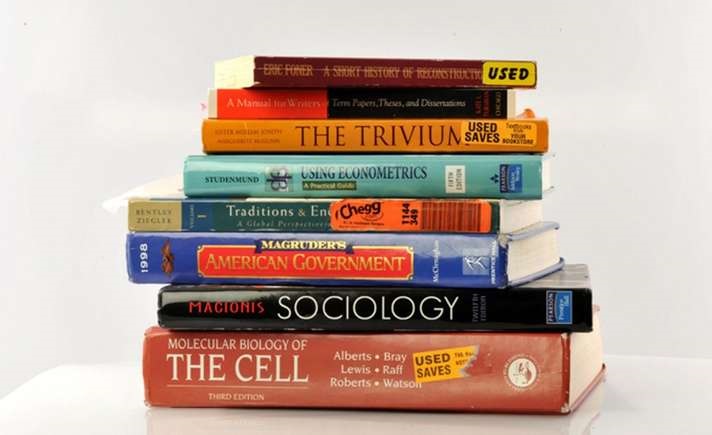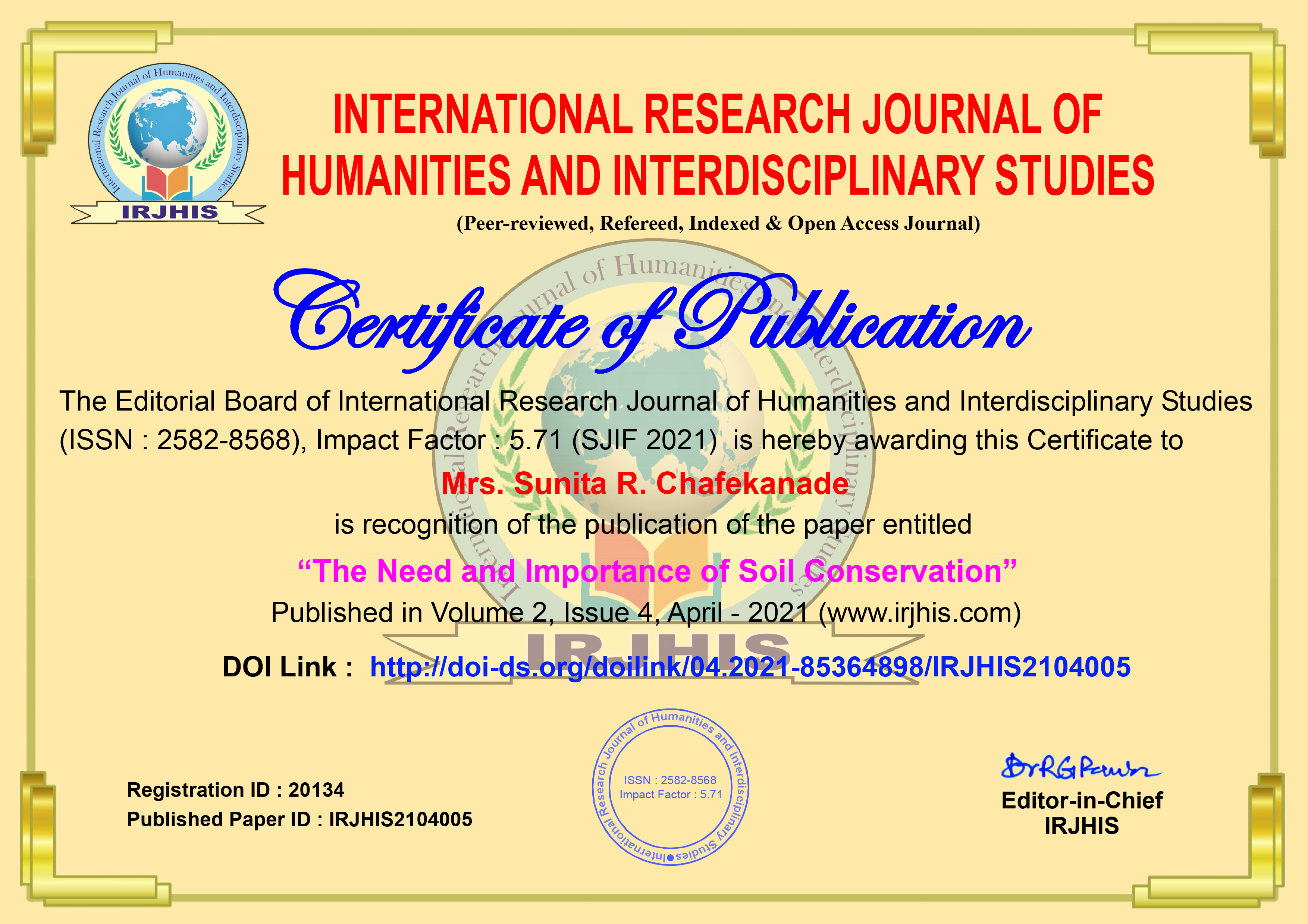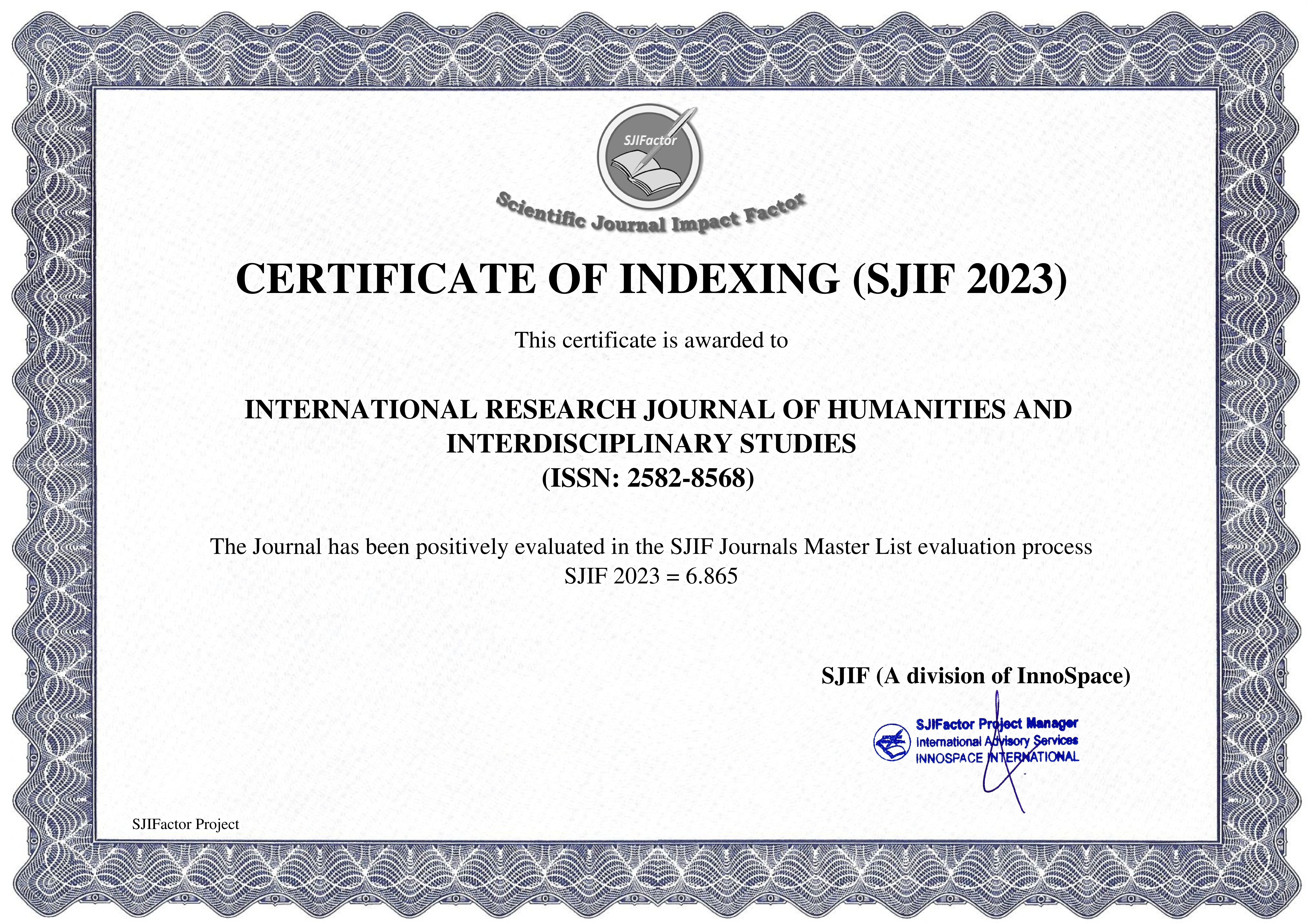Paper Details


Call For Papers
Volume 06, Issue 12
Frequency: 12 Issue per year
Paper Submission: Throughout the Month
Acceptance Notification: Within 2 days
Areas Covered: Multidisciplinary
Accepted Language: Multiple Languages
Journal Type: Online (e-Journal)
Announcement

Publish books with ISBN Number
- Edited Book
- Text Book
- Ph.D Thesis
- Conference Proceedings
ISSN Number:
2582-8568
Journal DOI No:
03.2021-11278686
Title:
India and China: A Comparative Study of Economic Growth and Development- Divergences, Gaps, and Future Prospects
Authors:
Cite this Article:
,
India and China: A Comparative Study of Economic Growth and Development- Divergences, Gaps, and Future Prospects, International Research Journal of Humanities and Interdisciplinary Studies (www.irjhis.com), ISSN : 2582-8568, Volume: 6, Issue: 4, Year: April 2025, Page No : 46-55,
Available at : http://irjhis.com/paper/IRJHIS2504006.pdf
Abstract:
Why are some nations rich while others remain poor? Why do some achieve growth, development, and prosperity while others lag? Scholars have debated this for decades, citing factors like history, culture, geography, institutions, and political systems. This analysis also depends on time—nations wealthy in the 16th and 17th centuries, like India and China, are relatively poorer in the 20th and 21st centuries. No single factor determines a nation’s fate; multiple elements must be considered. This paper compares the political, social, and economic trajectories of two ancient civilizations and modern giants: India and China. It focuses on their political systems—democratic and authoritarian—and their impact on economic policies, particularly in manufacturing, services, and agriculture. Since the 1980s, India and China have followed divergent development paths, with China leading in GDP, literacy, healthcare, living conditions, military power, and global influence. Is this primarily due to their political systems? India, a multi-party democracy with fundamental rights, rule of law, and free elections, trails China in various indicators. Meanwhile, China, an authoritarian one-party state with political repression, has witnessed unprecedented economic growth. This paper contrasts governance in India and China, examining the role of political structures alongside other factors and their consequences on economic and social development.
Keywords:
India, China, Inclusive, Extractive, Democracy, Authoritarianism, Development
Publication Details:
Published Paper ID: IRJHIS2504006
Registration ID: 21810
Published In: Volume: 6, Issue: 4, Year: April 2025
Page No: 46-55
ISSN Number: 2582-8568
Download Full Paper: Click Here
Article Preview:





